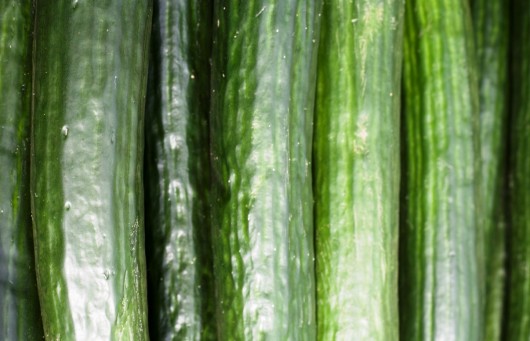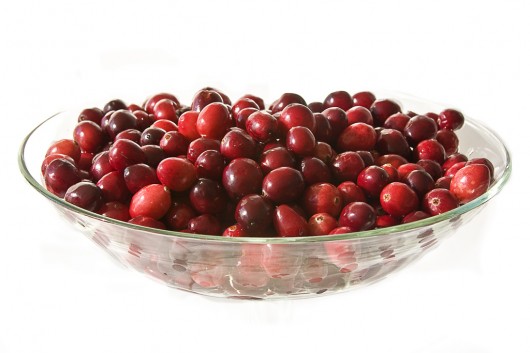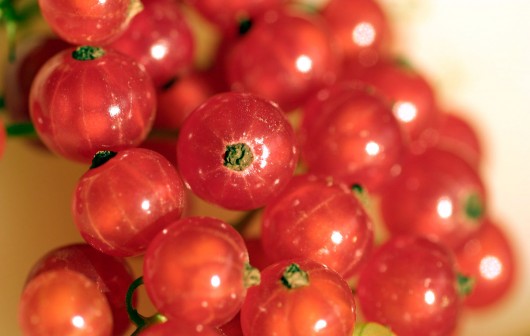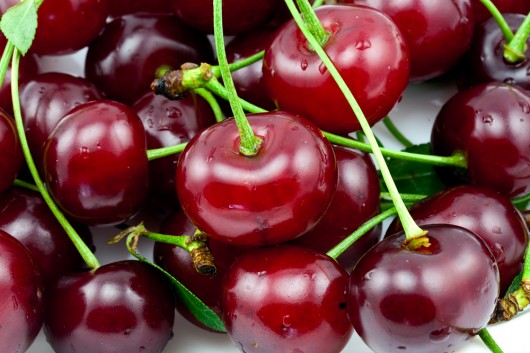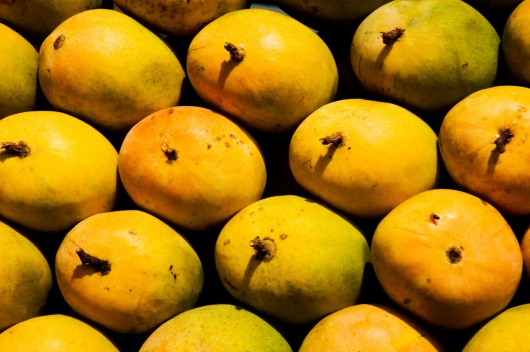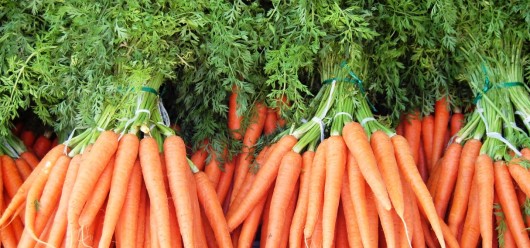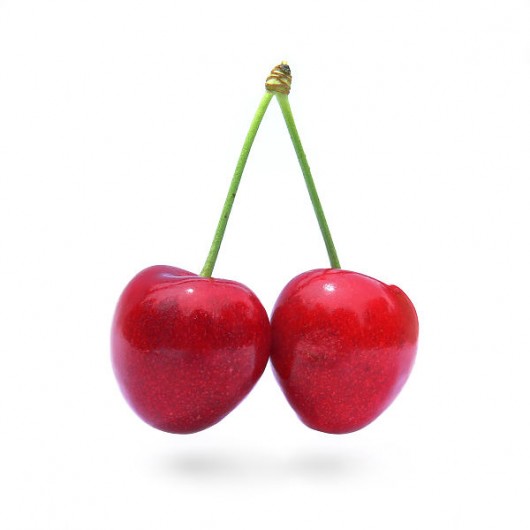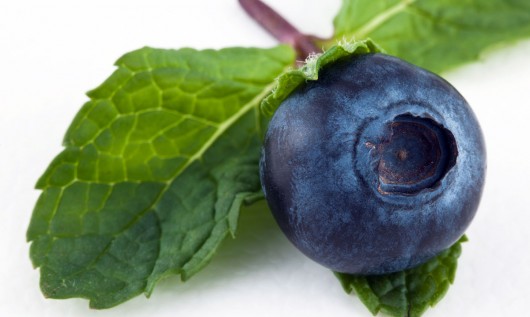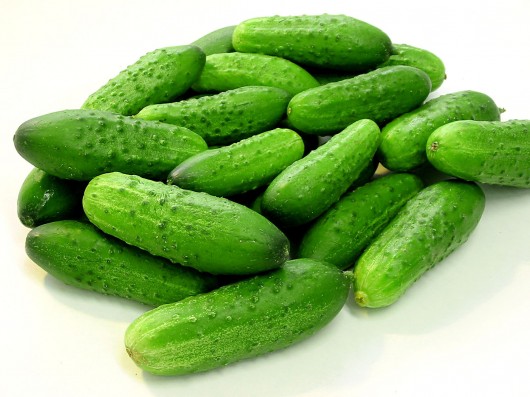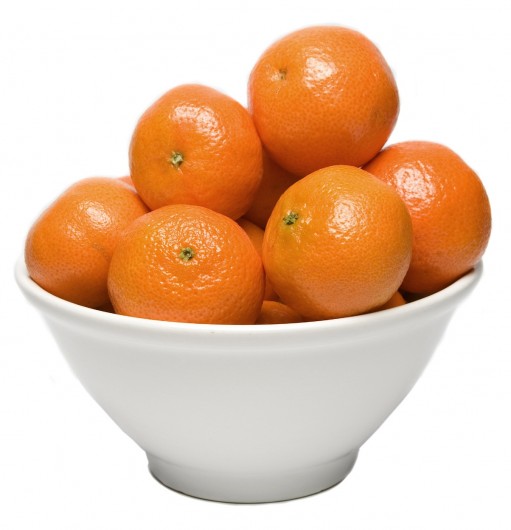Best Cucumbers for Cucumber Juice and How to Choose Them
Cucumbers are grown and enjoyed all over the world. Some cultures grow them specifically for pickling. Varieties like Kekiri, Dosakai are generally used for curry. Some varieties are intended to be eaten with the skin. They come in a variety of shapes, from short and round cucumbers to cucumbers up to two-feet long. The best cucumbers for juicing are those that fall into the “slicing” rather than the “pickling” category.
While slicing varieties have subtle differences in taste, all have a sweet, slightly grassy flavor that adds light, refreshing flavor to juices. When it comes to choosing the best cucumbers for juicing, the skin matters. Once they’re harvested, cucumbers begin to lose moisture, so commercial growers breed varieties with thick skins that extend shelf life. While a juicer may be able to handle the skin, thick skins have a bitter taste.
English Cucumbers
The variety most often sold in supermarkets, commercially grown English cucumbers are usually cultivated in hothouses. As they are not pollinated, seeds are small and undeveloped. In the garden, English cucumbers have a thin skin, but growers favor hybrids with thicker skins to protect them in shipping. In the market, English cucumbers wrapped in plastic can sometimes, but not always, indicated a thinner skin. Their ready availability, sweet taste and minimal seeds may make English Cucumbers the best cucumbers for juicing.
Other Slicing Varieties
With a few variations, Japanese, Persian, Armenian and Lebanese cucumbers are similar to English cucumbers in taste and are available in farmer’s markets and some supermarkets.
Cucumber Shopping Tips
Like many other vegetables, cucumbers are best picked and eaten when young. Shop for slender, firm cucumbers with bright color. Avoid those with any soft spots. In supermarkets, unwrapped cucumbers are likely waxed. Wax can be detected by gently scraping a fingernail over the cucumber. If properly washed, waxed cucumbers are fine for use in a juicer.
Although the global marketplace means that cucumbers are widely available the year round, locally-grown cucumbers come into season during the summer. They should be stored unwashed and wrapped in a sealed plastic bag in the refrigerator for no more than a week before using.
Juicing Preparation For Cucumbers
Some cucumber varieties are advertised as “burpless.” Cucumbers have a chemical compound underneath the skin that causes some people to burp. By deeply peeling the cucumber and removing the ends, you may be able to avoid this unpleasant side effect.
